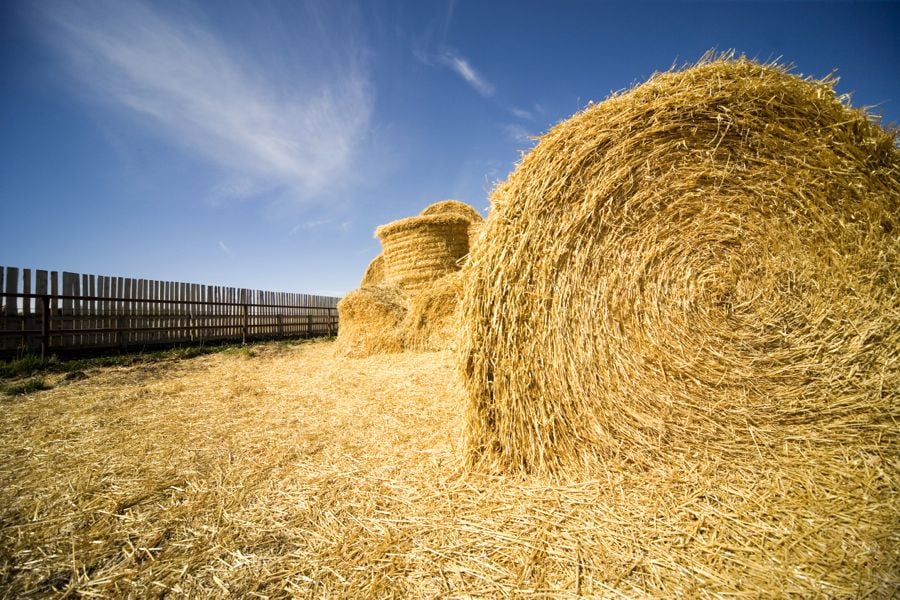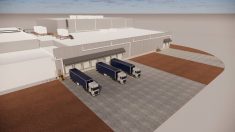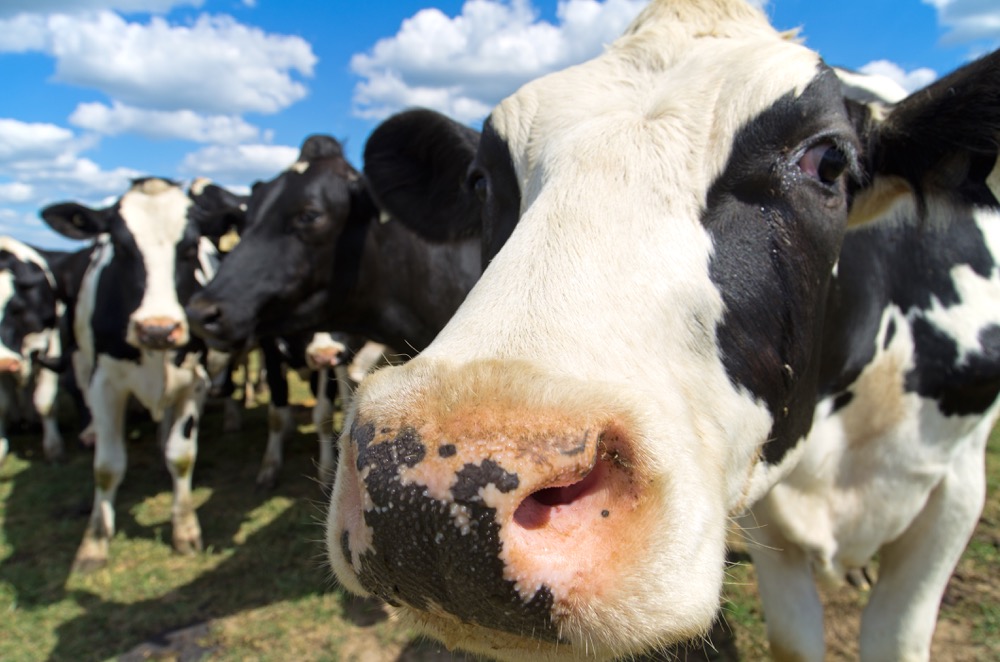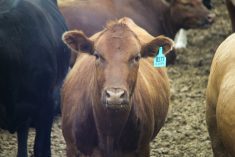I often hear farmers and ranchers say feed testing is expensive and I know lots of you guys don’t feed test.
But feed testing and using that information to balance livestock rations is a whole lot cheaper than over- or underfeeding them.
Let’s say you’re feeding your critters some pretty good-looking hay. You’re making sure they always have lots in front of them because, for sure, you don’t want to underfeed them.
For example, let’s say that hay has a value of $200 per ton if you sell it, and its nutritional value is about 25 per cent higher than your 1,500-pound dry, pregnant cows need. That means they could be getting fed 25 per cent more than they actually need. At two per cent of body weight, each of your cows would be eating about 30 pounds of hay per day on a dry matter basis, or about 33 pounds per day as fed.
Read Also

Dennis Laycraft to be inducted into the Canadian Agricultural Hall of Fame
Dennis Laycraft, Executive Vice President of the Canadian Cattle Association, is one of this year’s inductees into the Canadian Agricultural Hall of Fame. Laycraft was nominated for his many contributions to the cattle industry.
That works out to about $3.30 per cow per day. With 100 cows and a feeding period of 180 days, the total cost is $59,400.
But feeding your cows 25 per cent more hay than they need means you’re spending $2.48 per cow per day more than necessary — or $14,850 over the 180-day feeding period.
Now, this is a very simple example to show you how this works. It does not factor in additional feed for cold weather, or the costs of a mineral program.
The main point is that there are a lot of dollars to be saved by feed testing and ration balancing, especially in a year when feed prices are high. The cost of feed testing won’t come anywhere close to what overfeeding can cost you.
Now let’s take a look at underfeeding.
Let’s say the feed value of your hay is 25 per cent worse than you think it is and you’re feeding about two per cent of your cows’ body weight, or about 33 pounds/cow/day. You’re going to be shorting your cows 25 per cent of the nutrition they need (and more when the weather is cold). This could result in your cows losing a body condition score, or more over the winter. Those cows would really suffer in cold weather and would actually require considerably more nutrition for maintenance and to gain weight to be at a healthy body condition score by calving time.
Cows receiving 25 per cent less nutrition than they require will deliver calves that are small, weak, and have poor immunity to scours and pneumonia, which are just waiting to take advantage of them in those first few days or even months of their lives.
I’ve seen calf mortality rates of more than 20 per cent when cows are nutritionally underfed.
On the other hand, cows receiving well-balanced rations usually have healthy, decent-size calves with good immunity starting from high-quality colostrum. Calf mortality in this case can be three per cent or lower.
For 100 cows, losing 20 per cent of the calves versus losing three per cent of the calves is 17 calves. That’s a loss of $25,500 for the underfed cows versus the cows receiving a well-balanced ration. There’s no way that your feed testing costs would be that high.
So, basically, we’re talking about a couple hundred dollars, or less to save $14,850 by reducing overfeeding and $25,500 by feeding a well-balanced ration to your cows.
That sounds to me like a solid management choice compared to what could happen if you don’t know your feed values and don’t properly balance rations.















